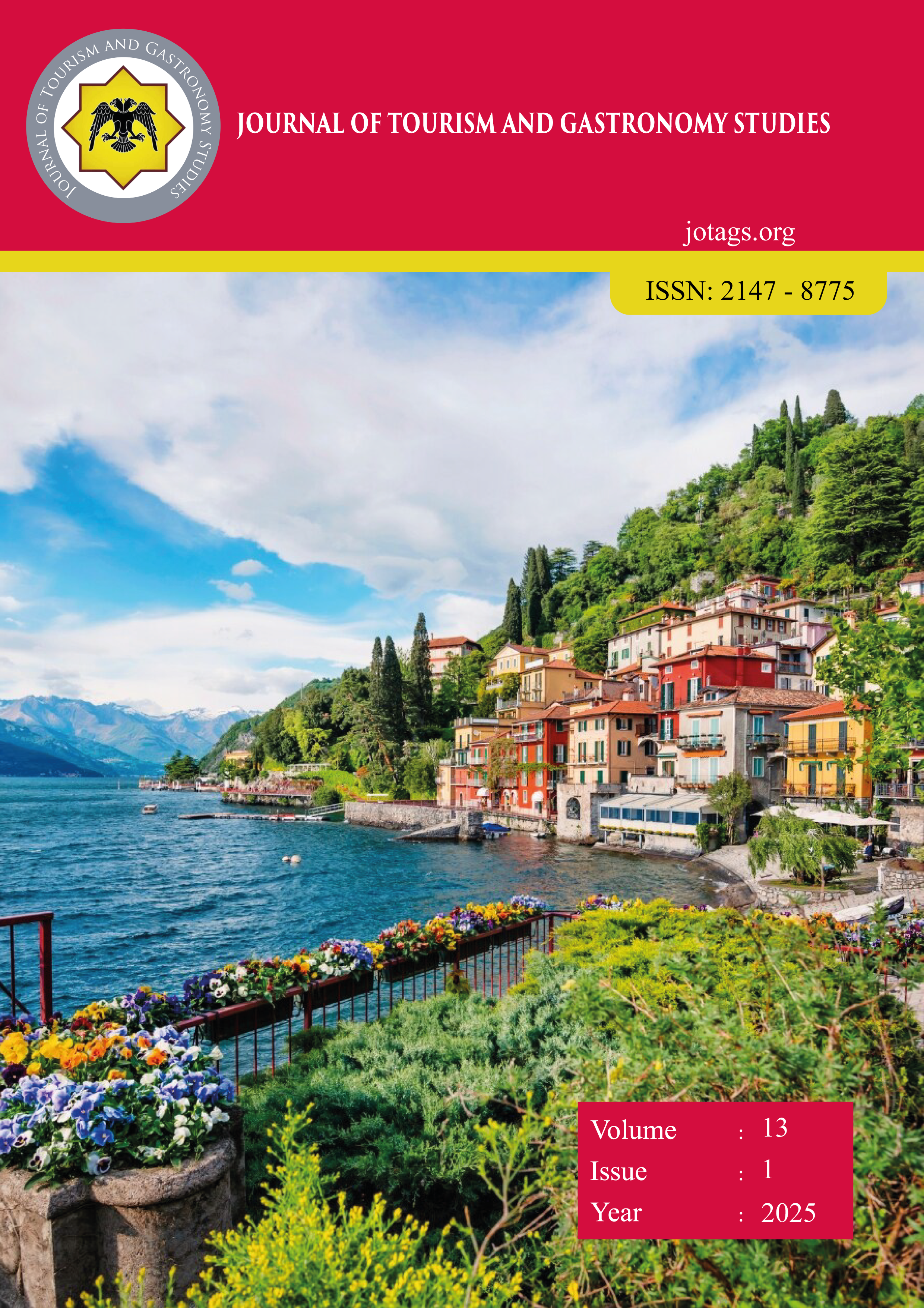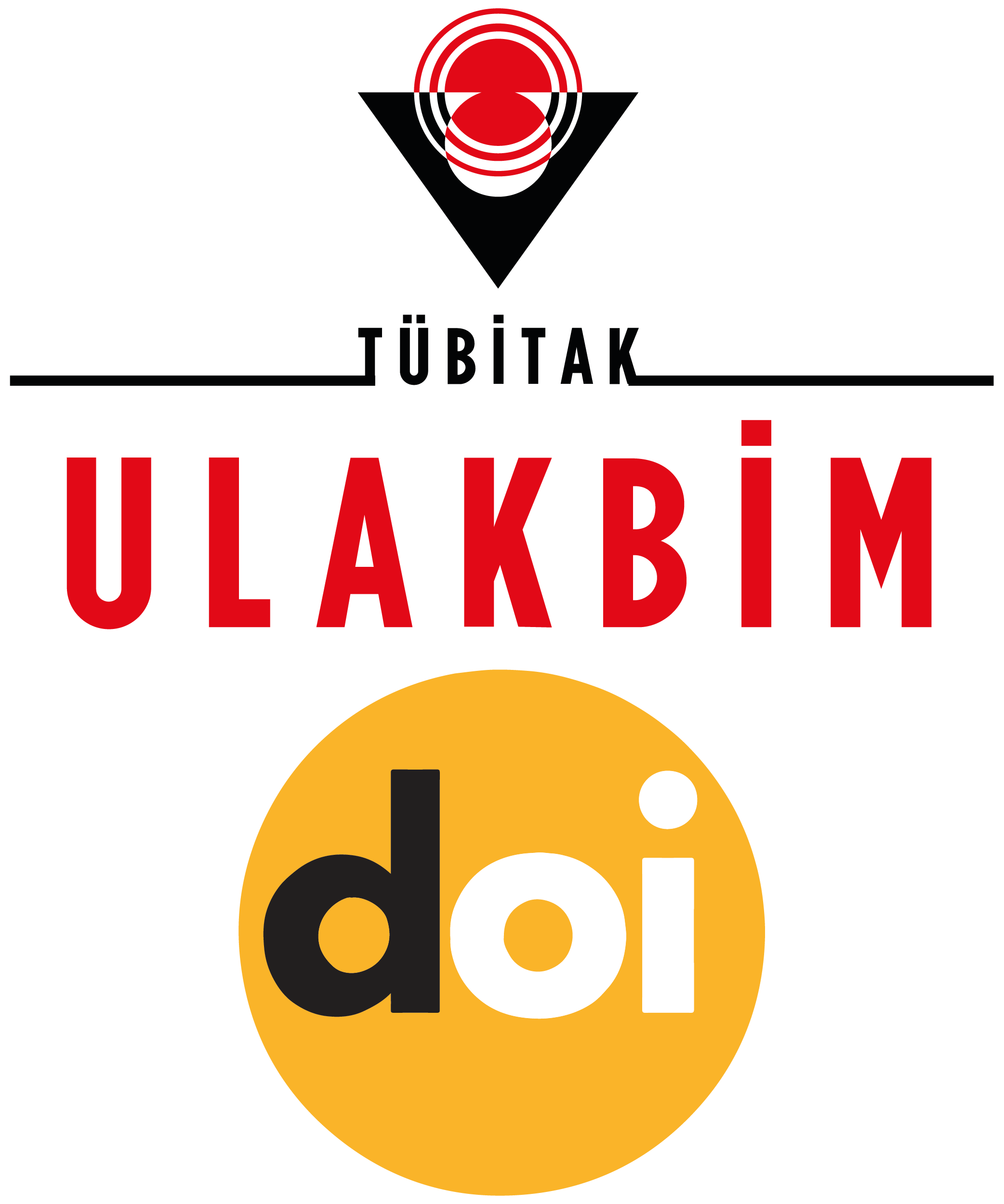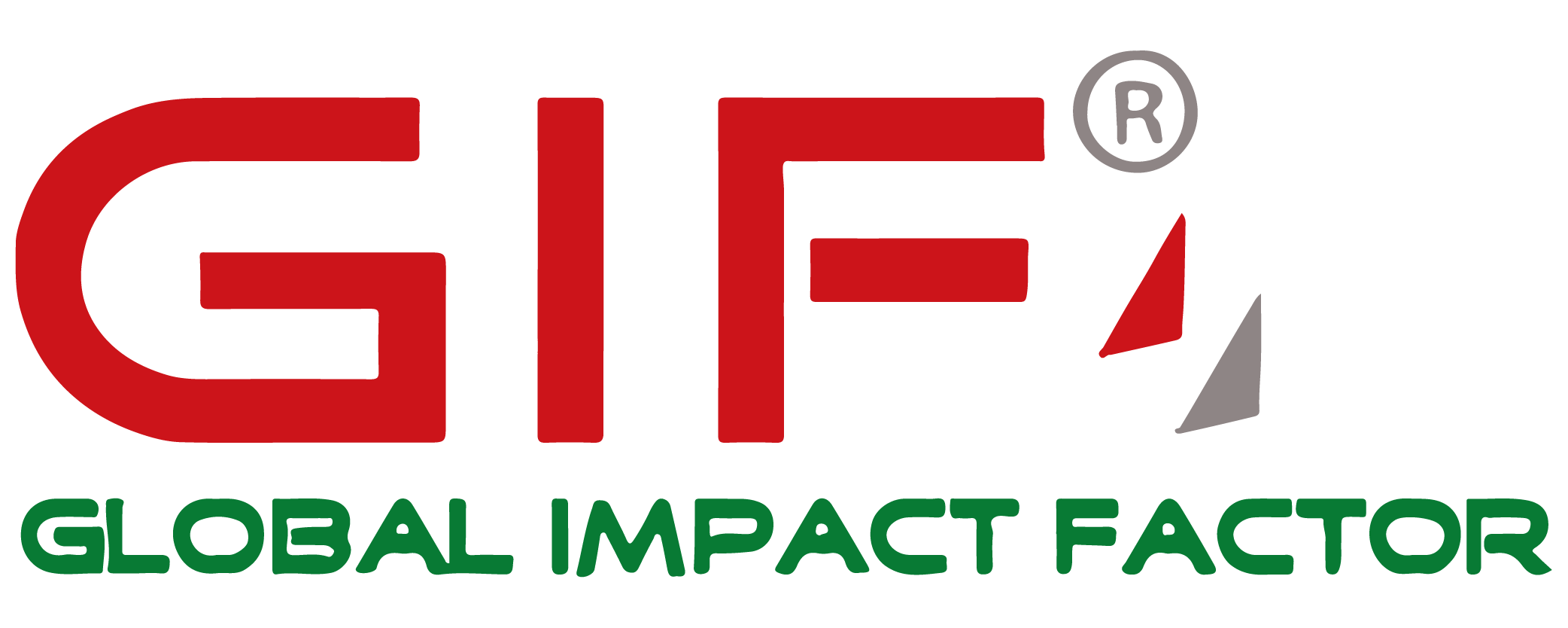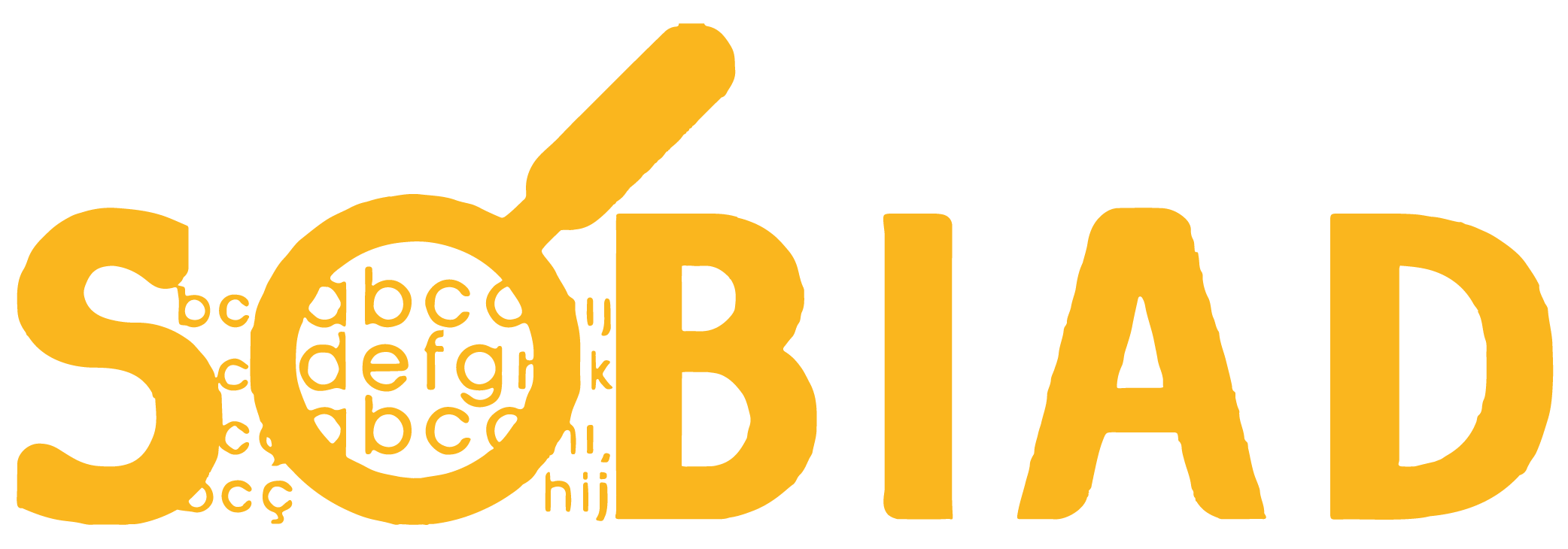Solution of The Problem of Daily Visiting Routes for Tourist Attractions By “The Travelling Salesman Problem”
DOI:
https://doi.org/10.21325/jotags.2025.1559Keywords:
Optimization, Traveling salesman problem, TSP, Tourism, Urban, CityAbstract
In recent years, it has been observed that there has been an increase in demand for urban tourism as a result of the developments in the fields of technological, economic and communication. The city tourism, where visitors participate for a short time, aims to present all the features that make up the identity of the cities to its guests. The guests who come to the cities for daily visits to the touristic destinations leave the city again after reaching the pre-determined points. This tour process can be modelled as a classical traveling salesman problem. Although there is a large literature on the traveling salesman problem, the number of studies on daily touristic visits is limited. In this study, a problem related to the daily visit of 12 touristic destinations determined by tourism professionals for a city in Europe with a population of approximately 200.000 was examined. The problem modelled as traveling salesman problem has been solved with different heuristic methods.
References
Akman, O., & Güler, E. G. (2021). Edirne Kırmızısı’nın Edirne iline kent kimliği kazandırmasındaki rolü. Trakya Üniversitesi Sosyal Bilimler Dergisi, 23(2), 941-962.
Al-Badri, R., & Aydoğan, T. (2017). Ga, as, acs ve mmas algoritmaları performanslarının gezgin satıcı problemi çözümü üzerinde değerlendirilmesi. SDÜ International Journal of Technological Science, 9(2), 50-60.
An, Y., Lin, X., Li, M., & He, F. (2021). Dynamic governance decisions on multi-modal inter-city travel during a large-scale epidemic spreading. Transport Policy, 104, 29-42.
Arbolino, R., Boffardi, R., De Simone, L., & Ioppolo, G. (2021). Multi-objective optimization technique: A novel approach in tourism sustainability planning. Journal of Environmental Management, 285.
Ateş, M. (2013). Ortaöğretim Öğrencilerinin kentsel turizm algılarının değerlendirilmesi: Edirne ili örneği. Humanitas-Uluslararası Sosyal Bilimler Dergisi, 1(2), 49-62.
Bayrak, Ö., & Gönenç Güler, E. (2022). Bütüncül tamamlayıcı ve alternatif tıbbın (BTAT) Sağlık turizmi ile bütünleştirilmesinde sağlık hizmeti yöneticilerinin BTAT bilgi düzeyleri ve tutumları. T.C. Gümüşhane Üniversitesi Sağlık Bilimleri Dergisi, 522-532.
Carter, A. E., & Ragsdale, C. T. (2006). A new approach to solving the multiple traveling salesperson problem using genetic algorithms. European Journal of Operational Research, 175(1), 246-257.
Chen, H., Wang, W. X., Wang, H. M., & Li, X. Q. (2019). The layout and planning of ecological highway in tourism city. Ekoloji, 28(108), 1741-1745.
Çetin, O., & Özçakar, N. (2019). Akaryakıt dağıtımında araç rotalama problemi için bir başlangıç çözümü. Trakya Üniversitesi Sosyal Bilimler Dergisi, 21(2), 461-474.
Çolak, S. (2010). Genetik algoritmalar yardımı ile gezgin satıcı probleminin çözümü üzerine bir uygulama. Çukurova Üniversitesi Sosyal Bilimler Enstitüsü Dergisi, 19(3), 423-438.
Çorbacı, Ö. L., Oğuztürk, T., Oğuztürk, G. E., Üçok, M., & Aydın, F. (2022). Doğal ve kültürel peyzaj değerinin turizm potansiyeline etkisi: Rize Ziraat/Botanik Çay Bahçesi örneği. Journal of Humanities and Tourism Research, 12(1), 56-67.
Dantzig, G., Fulkerson, R., & Jhonson, S. (1954). Solution of a large-scale traveling-salesman problem. Journal of the operations research society of America, 2(4), 393-410.
Demir, M., Duran, G., & Rüzgar, A. (2020). Gelişmekte olan yeni bir kış turizm merkezi: Bozdağ Denizli. Atatürk Üniversitesi Sosyal Bilimler Enstitüsü Dergisi, 24(3), 1347-1359.
Demirel, D. F., Gönül-Sezer, E. D., & Pehlivan, S. A. (2022). Analyzing the wastewater treatment facility location/network design problem via system dynamics: Antalya, Turkey case. Journal of Environmental Management, 320.
Ertuğrul, İ., & Özçil, A. (2016). Siyasi parti mitinglerinin gezgin satıcı problemi yaklaşımı ile analizi. Siyaset, Ekonomi ve Yönetim Araştırmaları Dergisi, 4(4), 223-238.
Esen, H. O. (2008). Yöneticiler için Bilgisayar Destekli Karar Modelleri. Çağlayan Ktabevi.
Fang, Y. N., Zeng, J., & Namaiti, A. (2021). Landscape visual sensitivity assessment of historic districts—A Case study of wudadao historic district in Tianjin, China. ISPRS International Journal of Geo-Information, 10(3).
Feng, M., Zhang, X., & Dong, S. (2022). Dynamic resource allocation and forecast of snow tourism demand based on multiobjective optimization algorithm. Computational Intelligence and Neuroscience, 2022.
Gan, M., Jiang, Q., & Zhu, D. (2020). Identify the significant contributors of regional CO2 emissions in the context of the operation of high-speed railway—illustrated by the case of Hunan Province. Environmental Science and Pollution Research, 27(12), 13703-13713.
Gaofu, X. U. (2016). Exploration on the sustainable management of scenic and recreational forest: A case study of the Thousand-Island Lake National Forest Park. Journal of Landscape Research, 8(3).
Goldberg, D. E. (1989). Genetic algorithms in search, optimization, and machine learning. ABD Boston: Addison wesley.
Han, L., Cheng, Y., Cui, Z., & Xi, G. (2021). Optimal layout of tourist toilets using resilience theory: An empirical study on Dunhua City in ethnic region of China. Plos one, 16(5).
Herlangga, R. E., & Basuni, S. (2019). Stakeholder management of Kawasan Konservasi Mangrove dan Bekantan in Tarakan City. Jurnal Manajemen Hutan Tropika, 25(3), 146-146.
Johnson, D. S. (1985). Performance guarantees for heuristics. The Traveling Salesman Problem: A. Guided Tour of Combinatorial Optimization, 145-180.
Kang, X. (2016). Tourism environment carrying capacity prediction based on improved BP neural network. International Journal of Simulation--Systems, Science & Technology, 17(36).
Karabulut, T., & Kaynak, İ. H. (2016). İnanç turizmi bağlamında kentsel turizm ve kültürel turizm: Konya örneği. Selçuk Üniversitesi Sosyal Bilimler Enstitüsü Dergisi, (35), 185-191.
Karagül, K. (2019). Prüfer-Karagül algoritması: Gezgin satıcı problemi için yeni bir yaklaşım. Mehmet Akif Ersoy Üniversitesi İktisadi ve İdari Bilimler Fakültesi Dergisi, 6(2), 452-470.
Kaya, M., & Keleş, Y. (2022). Şehir turizmi kavramından ne anlıyoruz? Kuramsal bir çözümleme. Afyon Kocatepe Üniversitesi Sosyal Bilimler Dergisi, 24(2), 810-822.
Komorowski, J., & Holderna-Mielcarek, B. (2019). Mass tourism and overtourism in Polish agglomerations. Poznan and Wroclaw case studies. Prace Naukowe Uniwersytetu Ekonomicznego we Wrocławiu, 63(9), 68-78.
Laporte, G. (1992). The traveling salesman problem: An overview of exact and approximate algorithms. European Journal of Operational Research, 59(2), 231-247.
Laporte, G., Gendreau, M., Potvin, J. Y., & Semet, F. (2000). Classical and modern heuristics for the vehicle routing problem. International Transactions in Operational Research, 7(4‐5), 285-300.
Li, W., Guan, H., Han, Y., Zhu, H., & Zhao, P. (2021). Accessibility of multimode transport facilities to suburban tourist attractions: Analysis based on meso-or microcommunity scale in Beijing. Journal of Urban Planning and Development, 147(3).
Li, Z. (2022). Exploration of energy-saving chilling landscape design based on algo for group intelligence. Journal of Function Spaces, 2022.
Luo, Q., Yang, Y., Qian, J., Wang, X., Chang, X., Ma, L., & Wu, J. (2020). Spring protection and sustainable management of groundwater resources in a spring field. Journal of Hydrology, 582.
Masoudi, M., Centeri, C., Jakap, G., Nel, L., & Mojtahedi, M. (2021). GIS-based multi-criteria and multi-objective evaluation for sustainable land-use planning (case study: Qaleh Ganj County, Iran)“landuse planning using mce and mola”. International Journal of Environmental Research, 15(3), 457-474.
Matai, R., Singh, S. P., & Mittal, M. L. (2010). Traveling salesman problem: an overview of applications, formulations, and solution approaches. Traveling Salesman Problem, Theory and Applications, 14.
Mitchell, M. (1998). An introduction to genetic algorithms. London England: MIT press.
Montezuma, J., & McGarrigle, J. (2019). What motivates international homebuyers? Investor to lifestyle ‘migrants’ in a tourist city. Tourism Geographies, 21(2), 214-234.
Mor, M., Fisher-Gewirtzman, D., Yosifof, R., & Dalyot, S. (2021). 3D visibility analysis for evaluating the attractiveness of tourism routes computed from social media photos. ISPRS International Journal of Geo-Information, 10(5).
Nanchang Jiahao, L. U., & Chaowen, C. O. (2018). The application of old city planning based on the concept of smart cities: A case study of wanli district. Nanchang. Journal of Landscape Research, 10(6).
Nolasco-Cirugeda, A., Marti, P., & Ponce, G. (2020). Keeping mass tourism destinations sustainable via urban design: The case of Benidorm. Sustainable Development, 28(5), 1289-1303.
Özçakar, N., Görener, A., & Arıkan, V. (2012). Depolama sistemlerinde sipariş toplama işlemlerinin genetik algoritmalarla optimizasyonu. İstanbul Üniversitesi İşletme Fakültesi İşletme İktisadı Enstitüsü Yönetim Dergisi, 23(71), 118-144.
Özdemir, N. (2018). Geleneksel bilgi ve kültür ekonomisi. Türk Dünyası İncelemeleri Dergisi, 18(1), 1-28.
Özer, M. N. (1998). Planlı ve Tasarlı Yaşam Alanlarının Kent Kimliği Üzerindeki Etkileri: Antalya Örneği. Gazi Üniversitesi Sosyal Bilimler Enstitüsü Yüksek Lisans Tezi, 23.
Pashovaa, L., Atanasova-Zlatarevaa, M., Nikolovb, H., & Nikolova, G. (2021). Application of UAS for the purposes of landslide mapping in Bulgaria-a case study of the Thracian Cliff landslide, northern Bulgarian coastal zone. Abstracts of the ICA, 3, 232.
Phu, S. P., Fujiwara, T., & Le Dinch, C. (2022). Oriented-planning solid waste management system in Vietnam Toward Sustainability--Minimalism or Optimization. Environmental Engineering & Management Journal (EEMJ), 21(9).
Potvin, J. Y. (1996). Genetic algorithms for the travelling salesman problem. Baltzer Science Publishers, Baarn/Kluwer Academic Publishers, Annals of Operations Research, 339-370 .
Ratliff, H. D., & Rosenthal, A. S. (1983). Order-picking in a rectangular warehouse: a solvable case of the traveling salesman problem. Operations Research, 31(3), 507-521.
Reinelt, G. (1994). The traveling salesman: Computational solutions for TSP applications. Berlin Heidelberg: Springer-Verlag.
Riegels, N., Jensen, R., Bensasson, L., Banou, S., Moller, F., & Bauer-Gottwein, P. (2011). Estimating resource costs of compliance with EU WFD ecological status requirements at the river basin scale. Journal of Hydrology, 396(3-4), 197-214.
Saiyed, A. R. (2012). The traveling salesman problem. Indiana State University, 2, 1-15.
Sezen, İ., & Külekçi, E. A. (2020). Kentsel kimlik bileşenleri ve kış turizmi ilişkisi: Erzurum kenti örneği. Atatürk Üniversitesi Sosyal Bilimler Enstitüsü Dergisi, 24(4), 1799-1810.
Sivanandam, S. N., & Deepa, S. N. (2008). Genetic Algorithm Optimization Problems. In S. N. Sivanandam, & S. N. Deepa, In introduction to Genetic Algorithms (p. 41). Berlin, Heidelberg: Springer.
Su, X. (2020). Public space design of commercial complex of coastal tourism city: A Case Study. Journal of Coastal Research, 107(SI), 193-196.
Sun, G., Liang, R., Qu, H., & Wu, Y. (2016). Embedding spatio-temporal information into maps by route-zooming. IEEE Transactions on Visualization and Computer Graphics, 23(5), 1506-1519.
Sun, Y., & Hou, G. (2021). Analysis on the spatial-temporal evolution characteristics and spatial network structure of tourism eco-efficiency in the Yangtze River Delta urban agglomeration. International Journal of Environmental Research and Public Health, 18(5).
Şayin, A., & Dalkıran, G. B. (2020). Kent markalaşmasında görsel kimlik unsurlarının turizm sektörü çalışanları tarafından algılanması: Edirne ili örneği. Trakya Üniversitesi İktisadi ve İdari Bilimler Fakültesi Dergisi, 185-202.
Tlili, T., & Krichen, S. (2021). A simulated annealing-based recommender system for solving the tourist trip design problem. Expert Systems with Applications, 186.
Uzun, G. Ö. (2021). Zaman Pencereli Tamirci Problemi ve Uzantılarının Yeni Matematiksel Modelleri. Başkent Üniversitesi Fen Bilimleri Enstitüsü Doktora Tezi, 1-5.
Wang, L., Cao, X., Li, T., & Gao, X. (2019). Accessibility comparison and spatial differentiation of Xi’an scenic spots with different modes based on Baidu real-time travel. Chinese Geographical Science, 29(5), 848-860.
Weng, G., Li, H., & Li, Y. (2022). The temporal and spatial distribution characteristics and influencing factors of tourist attractions in Chengdu-Chongqing economic circle. Environment, Development and Sustainability, 1-22.
Wenya, M. (2019). Optimization of Spatial Structure of Tourist Attractions in Binzhou City under the Background of Regional Tourism. Meteorological & Environmental Research, 10(5).
Wlodarczyk, B., & Duda, M. (2019). Włodarczyk, B., & Duda, M. (2019). The role of the novel in shaping a city’s imageand its choice as a tourist destination: The case of Łódź. Moravian Geographical Reports, 27(1), 41-53.
Wu, W. (2019). Modern urban planning and design based on low carbon economy concept. Open House International.
Xianhong, Q., Zhidong, G., & Haohao, S. (2017). Planning Method of Non-Development Zone in Southern Jiangyin. Journal of Resources and Ecology, 8(6), 635-640.
Xie, Y., Meng, X., Cenci, J., & Zhang, J. (2022). Spatial pattern and formation mechanism of rural tourism resources in China: Evidence from 1470 national leisure villages. ISPRS International Journal of Geo-Information, 11(8), 455.
Xudong, G. O., Haiming, C. E., & Xiaoqiao, C. E. (2021). Tourism Spatial Structure in Urban Agglomeration of the Greater Bay Area and Its Optimization. Journal of Landscape Research, 13(4).
Xue, K., Deng, Y., Zhang, H., Pandiyan, S., & Manickam, A. (2021). Cycling environment investigation and optimization of urban central road in Qingdao. Computational Intelligence, 37(3), 1217-1235.
Yang, X., Jia, Y., Zhang, D., Zhang, X., Zhang, H., & Hou, Y. (2020). Research on the anti-interference capability of the tourism environment system for the core stakeholders of semi-arid valley-type cities: analysis based on the multi-scenario and time series diversity perspectives. Environmental Science and Pollution Research, 27(32), 40020-40040.
Yang, Z., Zhang, S., Liu, J., & Sun, H. (2022). Network of Tourism–Industrial Complex in Cities: Typologies and Implications through a Critical Literature Review. International Journal of Environmental Research and Public Health, 19(9).
Yapıcı, O. Ö., & Özden, A. T. (2021). Konaklama işletmelerinin dijital pazarlama açısından incelenmesi: Samsun Örneği. İşletme Araştırmaları Dergisi, 13(3), 2129-2145.
Yiakoumettis, C., Doulamis, N., Miaoulis, G., & Ghazanfarpour, D. (2014). Active learning of user’s preferences estimation towards a personalized 3D navigation of geo-referenced scenes. GeoInformatica, 18(1), 27-62.
Ying, L. I., Yuenxtintong, D. I., Jingting, H., & Tongqian, Z. (2022). Evolution of landscape pattern and tourism service value in Zhangjiakou City. Journal of Resources and Ecology, 13(6), 1098-1108.
Zhang, H., & Long, S. (2022). How business environment shapes urban tourism industry development? Configuration effects based on NCA and fsQCA. Frontiers in Psychology, 13.
Zhang, M., & Huang, Y. (2014). Study of the spatial structure optimization on the regional attractions system: A perspective based on fractal geometry. Journal of Hospitality & Tourism, Vol. 12, No. 2.
Zhao, Q., & Ren, Y. (2022). Protection and planning of historic districts based on internet of things perception. Computational Intelligence and Neuroscience, 2022.
Zhu, Y., & Lan, S. (2020). Key route planning models of natural hot spring tourism in coastal cities. Journal of Coastal Research, 103(SI), 1084-1088.
Published
How to Cite
Issue
Section
License
Copyright (c) 2025 Journal of Tourism & Gastronomy Studies

This work is licensed under a Creative Commons Attribution-NonCommercial 4.0 International License.








